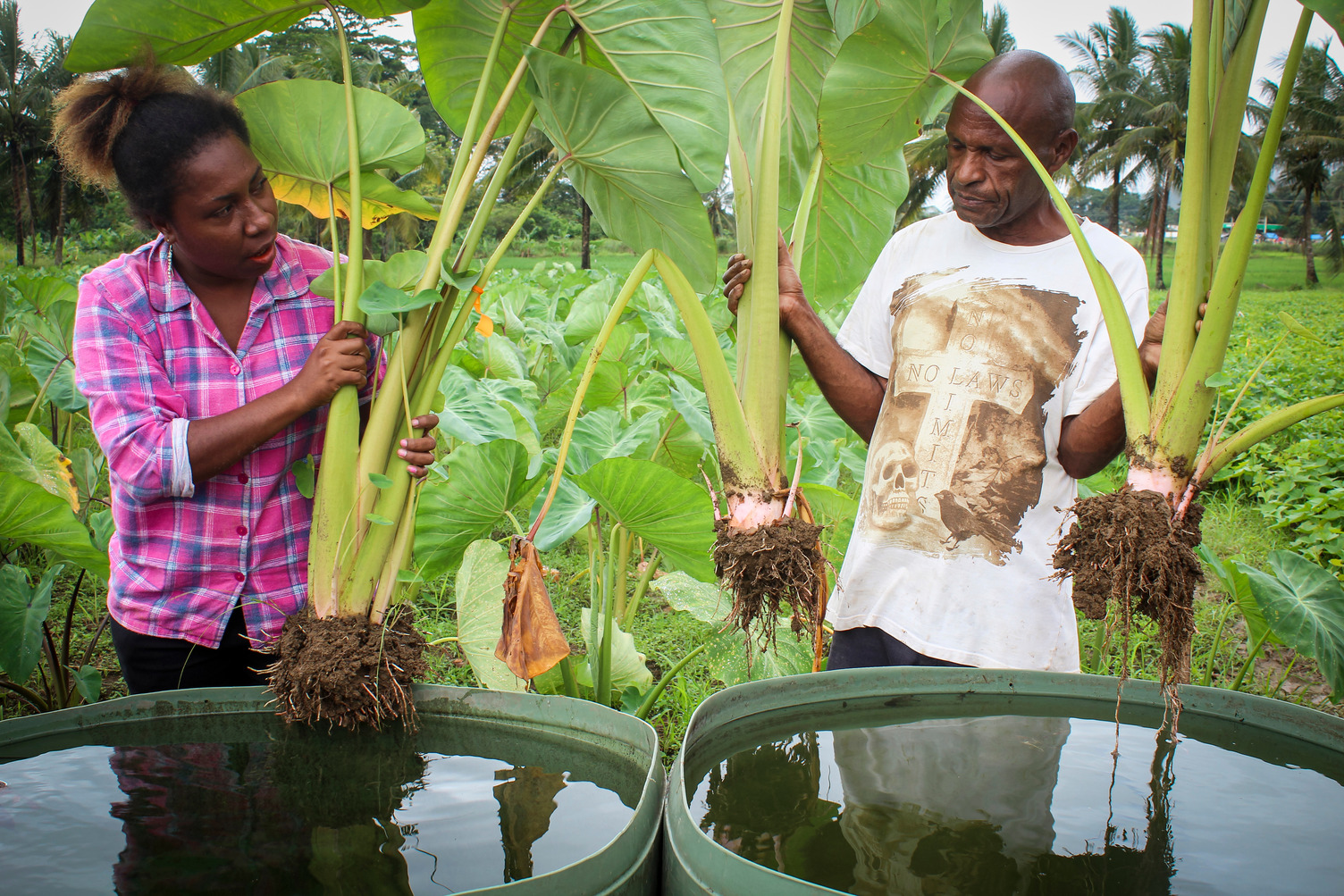Honing co-benefits: More than just carbon

Livestock production contributes to 40% of total agricultural emissions production in high income countries and 20% in low to middle income countries (LMIC’s)(Gerber et al 2013). As wealth increases, the global south gains financial access to meat products and demand for animal protein grows. This puts pressure on the need for animal production efficiencies regarding the reduction of methane, carbon dioxide and nitrous oxide. The vital role of livestock to the health, nutrition, and incomes of people in the global south is often bypassed within the bounds of current narratives that centre the global north and emphasise numbers reduction and cutback of animal protein consumption to reduce emissions. Whilst wealthier countries may have increasing access to diverse plant-based alternatives, animal- source foods remain integral to the human and economic health of a vast majority of the world’s rural poor.
As researchers in the international development space, what might we do with this information? How do we approach sensitive matters such as these in a way that centres local and indigenous voices and their needs? The world’s rural poor are our smallest contributors to climate change and yet are currently, and will continue to be, the most affected. Following the most recent COP26 however, it is clear that many of our Pacific neighbours are aiming to show global leadership in addressing climate mitigation (see here)!

As always, this is a cross-cutting, multi-sectoral, complex issue and as such it requires complex, whole-systems approaches towards solutions.
We know that LMIC’s make only a small contribution to global GHG emissions so it is essential that their mitigation efforts provide compelling adaptation or other co-benefits (both to make it worthwhile for farmers to adopt mitigation actions as well as justify the expense and effort to support this at a national level). As we develop future projects in this field, identifying opportunities to build on the positive contributions of livestock to society in place-based contexts, whilst minimising the sector’s negative impacts is imperative. It is crucial that the multiple indirect benefits of livestock keeping are considered, taking a systems approach to enhance good governance that promotes the social, economic, and nutritional benefits or livestock keeping. This can be referred to as the “triple bottom line” for smallholder production of livestock, and aims to endorse the following: Livestock investment, emissions reduction and Food & Nutrition security.
To date, most research and early action globally has focused on individual, specific mitigation interventions including improving the quality of cattle feed, providing feed additives, and managing manure with biodigesters (producing biogas). Yet these individual mitigation-focused interventions appear to provide only minor co-benefits, which limits the degree to which they scale out and have impact. A more productive approach may involve taking a circular systems perspective, seeking opportunities for multiple interventions to fit together in mutually reinforcing ways such that multiple small co-benefits become compelling in aggregate.
One of the challenges we face is that often, the value of livestock is more in their existence than in their health, and so an improvement in health only delivers a tiny increase in value and may not be worth the extra labour to manage their diets well. Eg. livestock kept as dowry. This means that what can sound like a relatively straightforward win-win situation can actually be quite hard to implement. Understanding local need and benefits for keeping livestock beyond the numbers is key in shifting the way we approach climate research in partner countries.
Looking for opportunities to build on the positive contributions of livestock to society in place-based contexts is imperative. Often meaning that projects must have some degrees of flexibility built into them as to not become too prescriptive. These sorts of approaches move beyond the important bio-physical foundations that have been built and require multi-disciplinary collaboration and creativity.
All this to say, emissions reduction solutions is a complex and nuanced issue globally! And it goes much further than just the measurements. People, their decisions, priorities and livelihoods must be considered as we progress research and policy to reduce emissions and build resilience to a changing climate. Whilst this may be daunting, minimising the sector’s negative impacts and achieving emissions reductions targets in parallel with Nationally Determined contributions (NDC’s) to the Paris Agreement should be a non-negotiable and rewarding target for those of us working in AgR4D!
References:
Gerber, P.J., Steinfeld, H., Henderson, B., Mottet, A., Opio, C., Dijkman, J., Falcucci, A. & Tempio, G. 2013 Tackling climate change
Recommended reading:
Harrison, MT and Cullen, BR and Mayberry, DE and Cowie, AL and Bilotto, F and Badgery, WB and Liu, K and Davison, T and Christie, KM and Muleke, A and Eckard, RJ, Carbon myopia: the urgent need for integrated social, economic and environmental action in the livestock sector, Global Change Biology, 27, (22) pp. 5726-5761. ISSN 1354-1013 (In Press) [Refereed Article]


